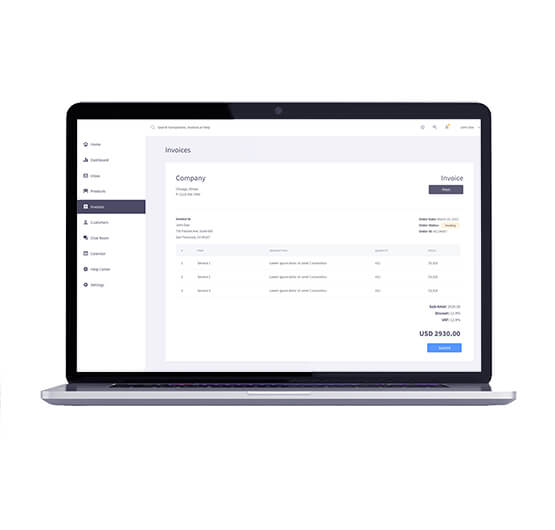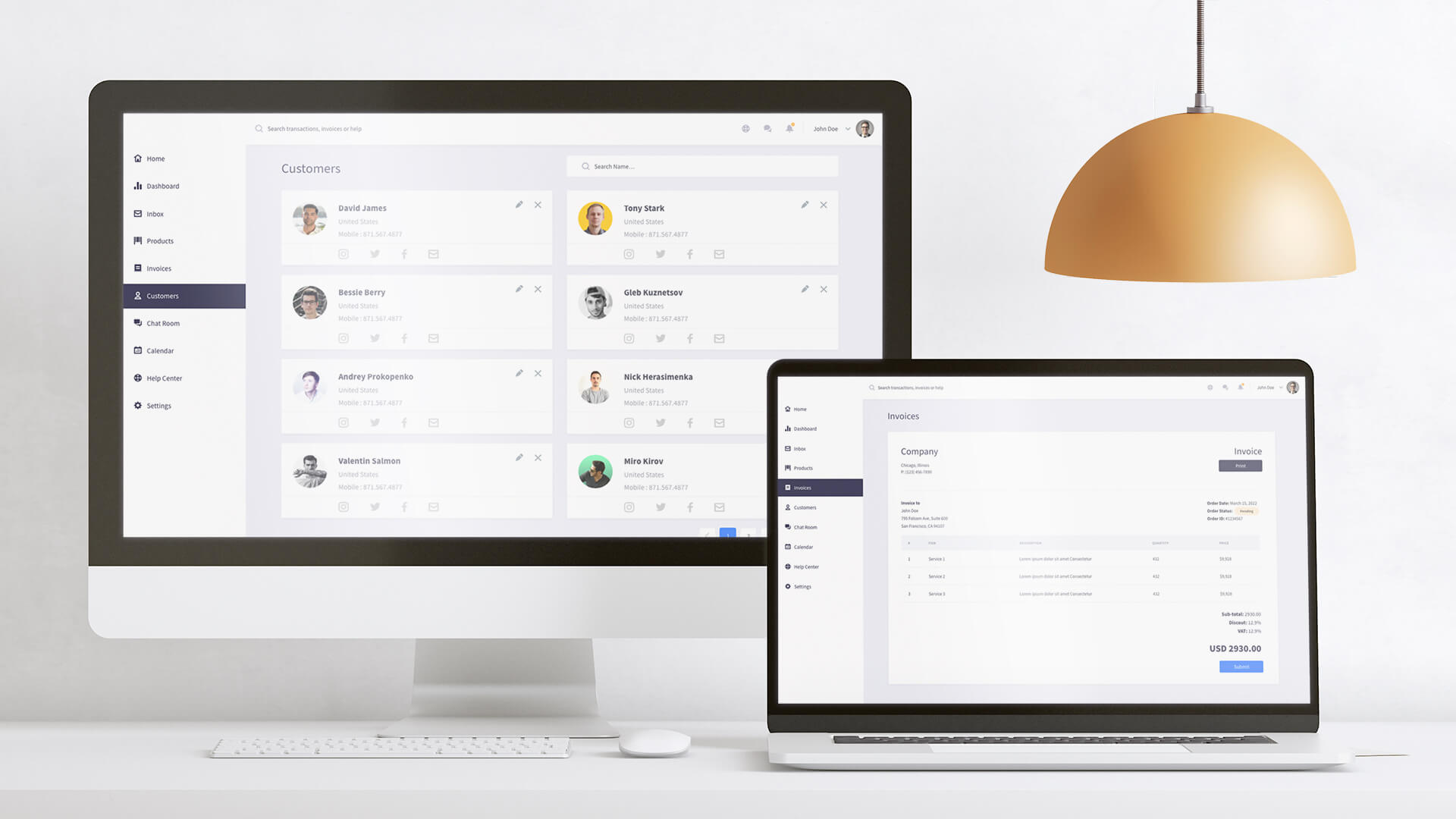Case study
Communication Management Platform

Highlights
- The goal of the telecom platform is to manage all customer-related interactions like creating contracts and subscriptions, agreements, invoices, planning, and hardware production (phones, etc.)
- Fortech’s approach was first to stabilize the existing application, create a CI/CD environment and adapt the whole development process to this new infrastructure.
Technologies:
Java, JavaEE, Kubernetes, Docker, Elasticsearch, Kafka, OracleDB, Jenkins, SonarQube, Spring Boot
Services:Software Development, Software Architecture, DevOps, Manual/ Automated Testing, Product Management – Product Owners, Development Process Org. – Scrum Masters
60+
Team Size5+ Years
DurationTelecom
Industry
Client Benefits
Performance Improvements
We placed 30 micro-services in production and automated the code quality checks, leading to 0 blocker issues.
Extendable Architecture
An easily maintainable and extendable architecture (micro-services architecture) and modern technologies (Kafka, Spring Boot) lowering the overall maintenance costs.
Partnership
Teams and products aligned with the client’s vision, producing the desired results with reduced involvement and time from the client side.